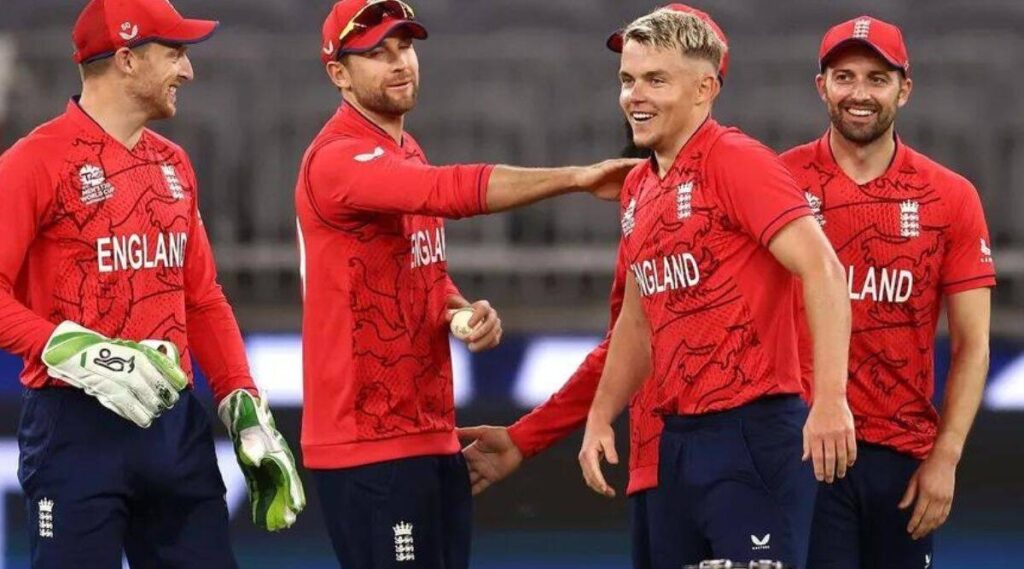
Among the team sports that command a sizeable following, cricket has always been the odd one out. Though Sussex County Cricket Club, the oldest of England’s 18 first-class counties, was founded in 1839, the history of cricket is largely a narrative based on matches between international teams. Competitions like the County Championship, the Sheffield Shield in Australia and the Ranji Trophy in India have a niche following, but they never dominated the headlines in the manner in which, say, the Indian Premier League (IPL) does now.
When you mention “Don Bradman”, it’s the baggy green cap of Australia that you think of, not the sky-blue New South Wales one or the South Australian one. Sachin Tendulkar averaged a staggering 85.62 in the Ranji Trophy for Mumbai, but it’s his Test average of 53.78 in the Indian shirt that most cricket fans are familiar with.
This is not the case with most other sports. Baseball, basketball and American Football, the United States of America’s three biggest sporting passions, are completely franchise-based. Once in a generation, as at the Barcelona Olympics in 1992, a Dream Team will catch the eye while playing in United States colours. But when you think of Michael Jordan, you don’t remember the Olympic gold, but the six NBA titles with the Chicago Bulls.
Even football is no different. The leading European and South American clubs were around long before the World Cup came into being in 1930. George Best, hailed as the Fifth Beatle in his Manchester United heyday, Alfredo Di Stefano and George Weah are proof that you can be a global football superstar without even playing a World Cup. Lionel Messi’s trophy cabinet is now complete after Argentina’s epic victory in the 2022 World Cup final, but he had already done enough as the talisman of perhaps the greatest club side the world has ever seen – Pep Guardiola’s Barcelona – to ensure his place in the sport’s pantheon.
Until the IPL came along, cricket had nothing remotely comparable. It’s testament to the dizzying growth of the league that franchises like Chennai Super Kings and Royal Challengers Bangalore now have social-media followings comparable to that of the world’s leading football clubs.
‘It will not be a widespread trend”: KKR CEO Venky Mysore on England players being offered annual contract by IPL franchises.@KKRiders @VenkyMysore #IPL2023 #AmiKKR pic.twitter.com/2Xf17WtmMN
— RevSportz (@RevSportz) May 1, 2023
But those that bought into Lalit Modi’s concept and invested their money over 15 years ago had a vision that went far beyond a two-month competition in India. The European football season lasts 10 months. Most US sports teams have to battle anything between five and eight months for a taste of glory. For those spending billions, a franchise that put them in the spotlight for just about one-sixth of the year was no solution at all.
At the same time, the International Cricket Council (ICC) and the leading cricket boards – India, England and Australia – are fighting a desperate battle to maintain international cricket’s primacy. There are now global tournaments in all three formats, but that still hasn’t stopped the exodus to franchise-based leagues from countries where the players aren’t paid anywhere near as well as their Indian or English counterparts.
Once the IPL franchises figured out that it isn’t going to be possible to carve out a significantly longer IPL season in the immediate future, they set their sights on Plan B. IPL franchises now own teams in leagues in South Africa, the Caribbean, The United Arab Emirates and the United States of America (will commence later this year). It’s now possible, in theory, for a player to represent the Knight Riders brand throughout the calendar year. Apart from Kolkata in the IPL, the Knight Riders brand is now there in the Caribbean Premier League (Trinbago Knight Riders), the International League T20 (the Abu Dhabi Knight Riders) and the soon-to-begin Major League Cricket (Los Angeles Knight Riders).
Other franchises have also followed suit. Once that happened, it was only a matter of time before someone thought of year-round contracts. Why spend top dollar just to get someone for your IPL franchise? Open the wallet a little more, and see if he would be interested in wearing your jersey in the Caribbean, the United States and the UAE as well. In that respect, the news report in The Times (London) should have shocked no one. The six England players that franchises are supposed to have approached…that’s the tip of the iceberg. The door is now ajar, and any canny franchise CEO can see the possibilities.
As of now, one of the major factors keeping international cricket afloat is the BCCI’s insistence that the top Indian players cannot play in any franchise-based league besides the IPL. If and when that rule changes, can you imagine what it would do to the game as we know it? Picture Rohit Sharma or MS Dhoni turning out to play for teams in Abu Dhabi and Johannesburg. It’s not just the attendance figures that would explode. The TV and digital rights would be worth exponentially more, and the franchises would be able to negotiate far more lucrative endorsement deals.
That, whether we like it or not, is the future. An older generation may have grown up with the belief that international cricket is sacrosanct. But the sea of yellow – Chennai’s Whistle Podu fans – that has greeted Dhoni across the country is all the evidence you need of just how much the landscape has changed. The genie is out of the bottle, and there’s absolutely no way to put it back.